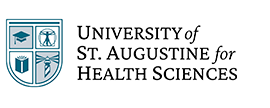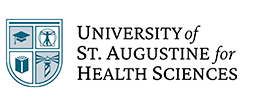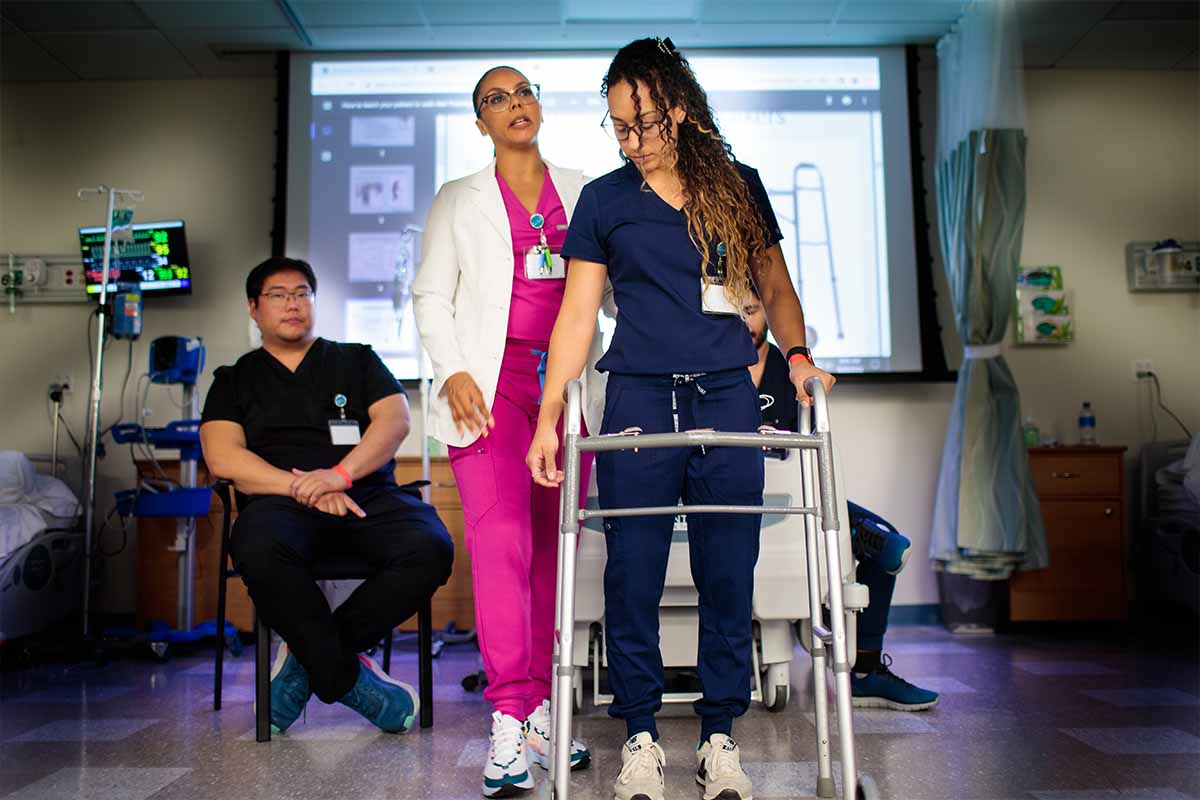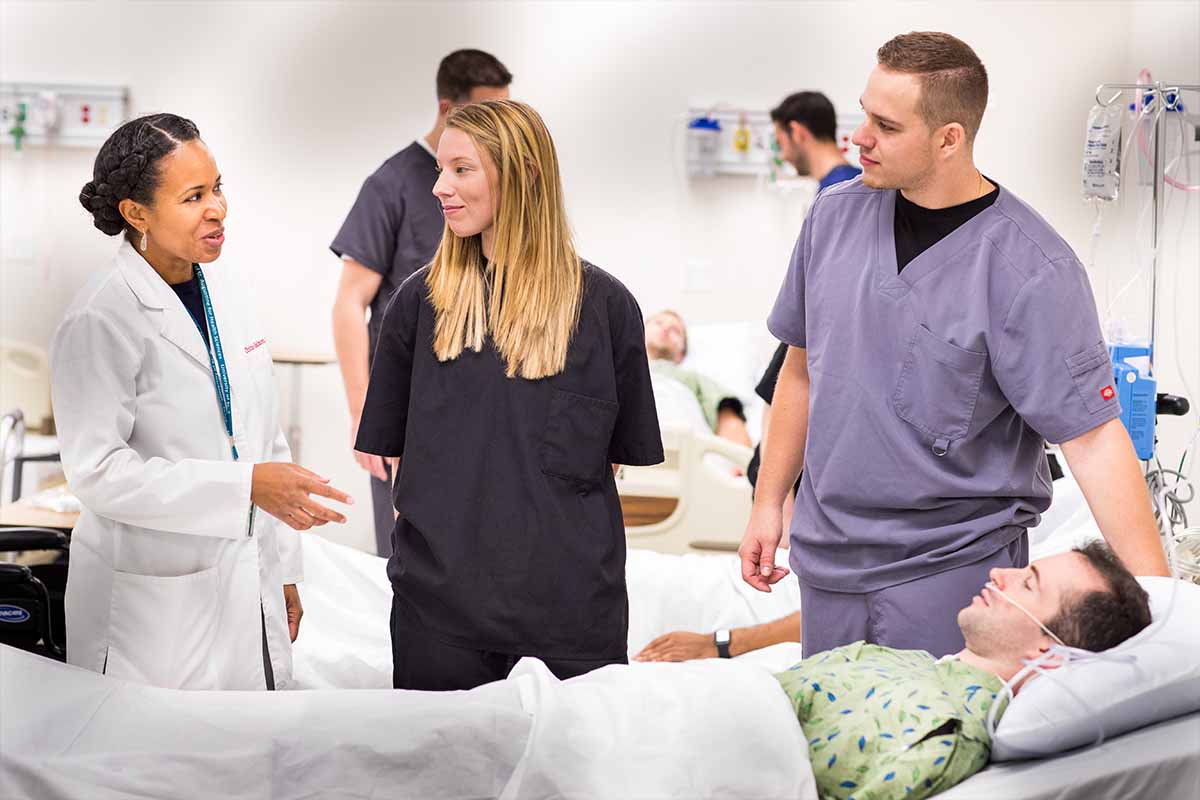
Originally published on U.S. News & World Report
Online credential options range from digital badges and industry certifications to college degrees.
Key Takeaways
- Consider whether you want a credential offered by a higher education institution or employer.
- Understand your career goals before choosing a credential type.
- There are many online credentials out there, so look for signs of quality.
Enrolling in postsecondary education or training on top of a job or family responsibilities can be difficult. But earning a credential online is a flexible option for aspiring learners.
“You can fit it into your life,” says Quentin McAndrew, director of academic strategy at Coursera, an open online course provider. “Going to a college campus, for many students, is not within the realm of possibility. An online credential allows those students to access high-quality education from wherever they are.”
There are numerous options, so it’s important to know whether you’re looking for a noncredit or credit-bearing credential, experts say.
“There are lots and lots of nondegree, noncredit badges; microcredentials; even certificates that may expose a student or may give the student experience in an area,” says Jason Lemon, vice provost and dean for online learning at The Ohio State University. “But the challenge with them is, what do they mean to future earning power and future employability.”
Types of Online Credentials
The language with digital credentials and certifications is “really murky right now,” says Kathe Pelletier, senior director of community programs at EDUCAUSE, a nonprofit membership organization that serves higher ed IT professionals.
As you’re looking for potential credentials, she adds, consider whether you want one that’s offered by an employer in partnership with an alternative credential provider, or a higher education institution.
“There are standards associated with certain credentials, especially industry certifications,” Pelletier says. “But higher education institutions have to go through accreditation. They have lots of oversight that ensures the quality of their degree programs and the credentials that they offer. On the other hand, higher education is notoriously slow to change and can be kind of behind the times on some things. So (alternative credentials) might be more nimble or more immediately relevant or kind of cutting-edge in terms of what they’re offering and they can update more quickly.”
Here are examples of the different types of online credentials.
Massive Open Online Courses
Massive open online courses, or MOOCs, are online classes hosted on platforms such as Coursera and edX, that are free for learners. While these aren’t typically credit-bearing, learners have the opportunity to become familiar with the rigor of college-level courses, as well as expand their knowledge or skills.
Topics vary. For instance, the University of Alaska Fairbanks offers MOOCs on storytelling, 3D printing, social work, sports analytics, mental health and climate change, among other subject areas.
For an added cost, students can receive a certificate upon completion.
Digital Badges
A digital badge validates a learner’s skillset by illustrating completion of a noncredit-based credential. This alternative credential can be shared on LinkedIn and other social media platforms.
Industry-Based Certifications
Learners can earn industry-based certificates, which are “tailored to delivering job skills by the time the certificates are completed to allow that completer to enter into a job,” McAndrew says. More than 70% of organizations say industry-recognized credentials are essential or very important tools for employee skills training, according to a 2024 survey sponsored by Microsoft.
Google, for instance, offers career certificates in collaboration with Coursera, which take an average of three to six months to complete – depending on an individual’s pace. These certificates are focused on high-demand fields, such as IT support, data analytics, project management, UX design and cybersecurity.
“Online credentials that surround specializations in certain areas such as new IT applications or programs have grown tremendously, reflecting the rapid pace of technological advancements,” Kathy H. Wood, senior program director of the College of Health Sciences at the University of St. Augustine for Health Sciences, wrote in an email. Other growth areas include communications; diversity, equity and inclusion; and leadership.


Want to know more about our Graduate Certificates?
Program InformationHow to ApplyRequest InformationUndergraduate, Graduate Certificates
Students can earn an undergraduate or graduate certificate through a college or university, which requires fewer credits and a shorter time commitment compared to an associate or bachelor’s degree. Credits can often be transferred into a degree program.
Arizona State University Online, for example, has graduate certificates in many subject areas, such as food safety, gifted education, sustainability and organizational leadership. According to ASU Online’s website, these graduate certificate programs “can be completed in conjunction with a degree program or as a standalone certificate.”
Undergraduate, Graduate Degrees
Colleges may offer undergraduate or graduate degree programs that range in modality – meaning students can choose to take classes on campus, fully online or a mix of the two. The time it takes to earn a degree varies per program, as some have accelerated options.
The Doctor of Education program at the University of St. Augustine for Health Sciences, for instance, is both online and hands-on. The coursework is online, but the two required residency programs can be taken either virtually or in person.
“Most in-person courses, even those in fields requiring hands-on experience like health care, can now be completed online,” Wood says. “Technological advancements, like simulations, have made it possible to replicate real-world scenarios and experiences in virtual environments.”
Whether you choose to study online or in person, it’s important to understand your expectations, Lemon says.
“Is there a reason that you’re choosing one or the other?” he says. “Are there social reasons, family reasons, experiential reasons, like you want to have a campus experience? Or if you’re going online, are you working and you’re trying to maintain your employment? … If you’re talking about traditional 18-year-old students, the things that are driving their choices are going to be very different than the things that are driving a working adult.”
While online programs offer more flexibility, the coursework itself is often similar to what is taught on campus. For regionally accredited institutions, learning outcomes for online education must be equivalent to the learning outcomes for on-campus education, Lemon says.
“That doesn’t mean that the experiences are going to be identical,” he adds. “But the things that those students are going to be expected to think, know, feel, do, demonstrate and create, need to be equivalent. So in that sense, the tools and the skills that come from online have to be proven in terms of accreditation standards to be equivalent.”


How to Start the Credential Search Process
When starting the search, online learners should first consider whether a particular credential will help them meet their career goals, McAndrew says.
“If their first goal is a starting job, they may not need a college degree,” she says. “They might just need an industry professional certificate to get started. If their goal is to build those job skills and get a college degree, they could look for degrees that offer college credit for that industry certificate, so it all fits together.”
There are many online credentials out there, so it’s important to look for signs of quality – such as accreditation and trusted brand names – and consider the potential return on investment, experts say.
“Student debt is one of the biggest issues that we face in America today,” McAndrew says. “And looking at the price and the potential job return of a credential that you’re embarking on is really important – balancing out the investment with the outcome.”











